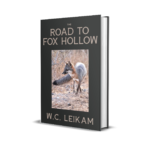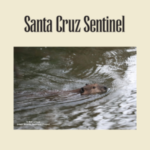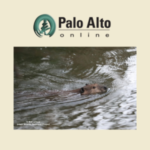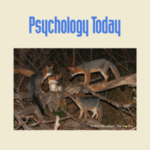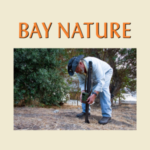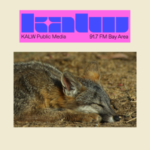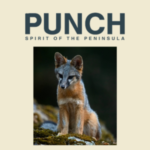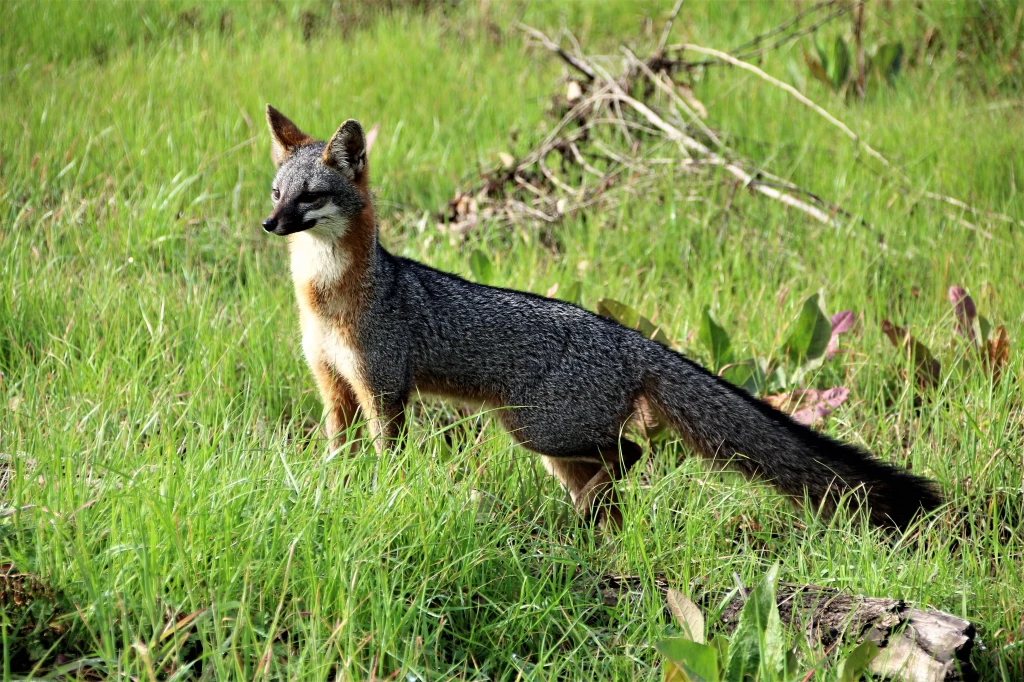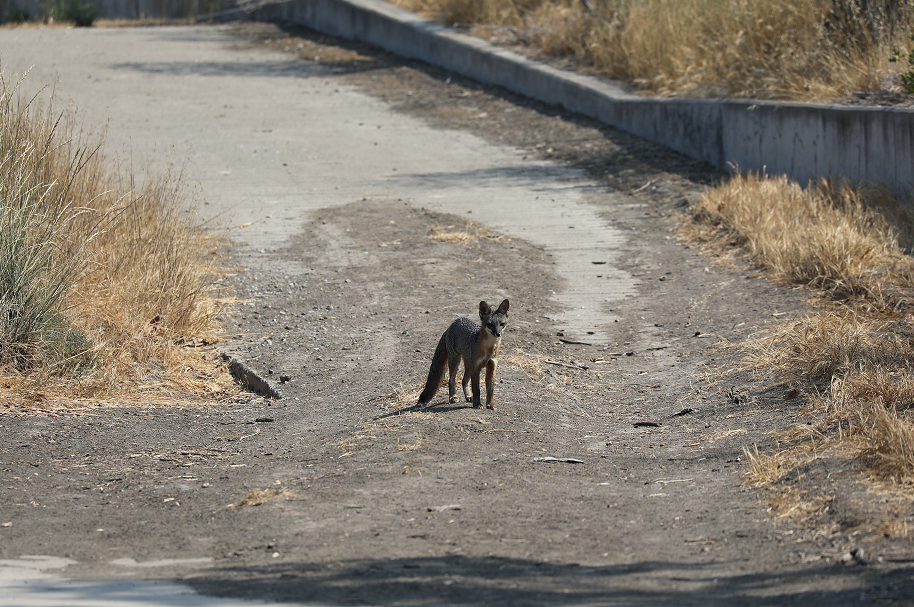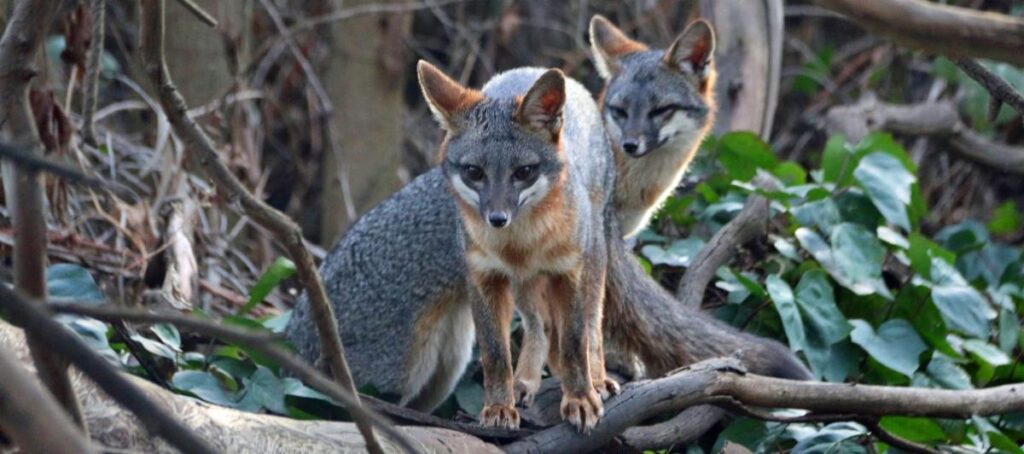by William C. Leikam
President, CEO & Co-founder, Urban Wildlife Research Project
Special Notice: UWRP is seeking a new Board member who will be our Communications Manager/ Fundraiser!
The UWRP Board is seeking a volunteer to help with both the big ideas of organizational planning as well as the hands-on duties of Board membership in a Communications Manager/ Fundraiser role.
A new Board member should have a working knowledge of the principles of ecology and wildlife conservation, and a willingness to actively participate at our Board meetings on the second Saturday morning of each month. In addition, the Communications Manager will need to spend about 5 to 7 hours per month on fundraising and communications tasks. Since our meetings are held via Zoom, board members do not need to live locally.
If you’re passionate about wildlife and can spare a few hours per month, please consider contacting our Board Chair, Jessica Hatfield at [email protected] for more information.
We look forward to hearing from you!
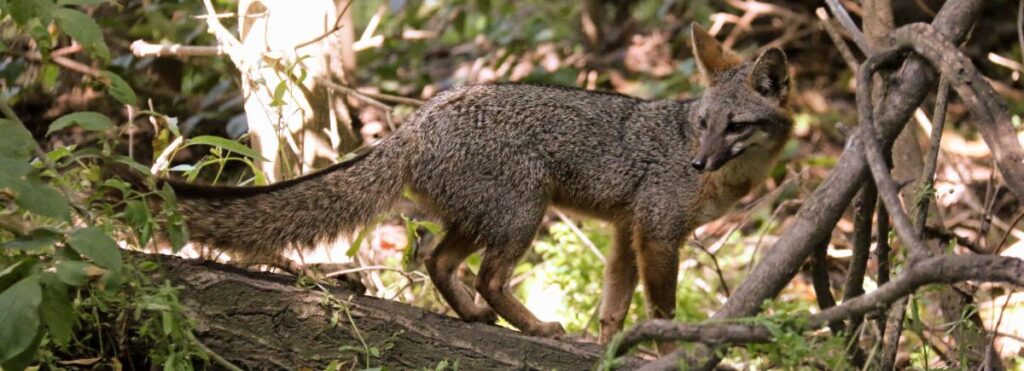
Of Coyotes, Raccoons, & Other Critters
Every morning, during this time of year at just before 6:00 AM, be there rain, cold/ice, and dark I leave the warmth of my apartment to collect SD cards from my array of trail cameras. Those cards hold surprises, tragedies, unusual behavior and so much more. The trend this year is that there are a family of coyotes that have decided to make the baylands their home. According to my trail camera records, during 2021 there were no coyotes passing through the Palo Alto Baylands Nature Preserve. In 2022 there were 52 occurrences of coyotes but in that year, they did not remain in the region. It seemed like they were simply passing through.
In 2023, everything about the coyotes changed. At first there was only one coming around on a regular basis and thus I thought that it was just a continuation from the year before, but there was something different about that coyote. It came past my trail camera from a different direction and it showed up much more frequently. A month or so later on camera number three, three coyotes trotted past almost every night. Then there were four: It became obvious to me that a family of coyotes had moved into the region and they remain even today. There’s a large bulky coyote that I suspect is a male and following closely behind is another with less of that hefty bulk. I suspect that’s a female and then following her trot two slender coyotes that I suspect are yearlings. They show up almost every night either at the dirt road down into Fox Hollow, or in the channel along Matadero Creek. Sometimes they split up and one might go on over to the channel while the other three are passing through Fox Hollow, headed for Byxbee Park and likely for a dinner of jack rabbit.
Why did I document the presence of this coyote family? Because their presence has had a direct negative impact on the rest of the wildlife population in the baylands. Aside from a disease that killed off many of the jack rabbits, (hemorrhagic disease (RHD)), there were enough rabbits to attract the coyotes to Byxbee Park. Over the course of the past six months, the disease has abated, and the number of jack rabbits has substantially increased.
Aside from the jack rabbits, changes also occurred with other wildlife. With an increase in the frequency of coyotes visiting the overflow channel, the number of raccoons has substantially declined; not because they are coyote prey, but because they have moved from the riparian habitat along the creek to downstream a good quarter mile away. The population of skunks has gone down and there for about the past month or a little more going back into November, opossum numbers have also declined. There is only one skunk left in the area and on December 13th it passed trail camera #14 with a limp in its right hind leg. Finally, before the coyotes moved in, at the overflow channel there were two red foxes and at the Byxbee Park area there were on occasion three red foxes. None remain in either location as of this writing.
I. Gray Fox Population & General Health
As of this date, we have one adult gray fox living in the Palo Alto Baylands Nature Preserve.
Gray fox Big Eyes appears to be handling the death of her mate Laimos rather well, although she has become markedly more skittish.
II. UWRP News & Updates
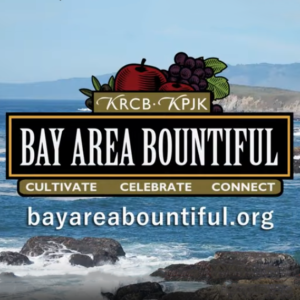
Bay Area Bountiful: The Fox Guy
This short interview with Bill was produced by Rick Bacigalupi for NorCal Public Media’s ‘Bay Area Bountiful’, and will be distributed “…for rotation indefinitely on our two broadcast channels, KRCB-TV (Ch 22) and KPJK (Ch 60) viewable over-the-air and on cable systems around the Bay Area.”
Today, Bill is the world’s leading authority on the gray fox. This book is an account of his experiences among the gray foxes of the Baylands, a tale of life and death, of growth and loss. Stay for a while and go exploring with the Fox Guy. Find it today at Barnes & Noble or DiAngelo Publications.
 The ‘Triggered By Motion’ Experience
The ‘Triggered By Motion’ Experience
The UWRP is excited to present our newest video documentary featuring Bill Leikam’s participation in the global research project “Triggered By Motion”, a world-wide exhibit of citizen scientists from 21 locations using camera traps to learn about local urban wildlife. Join Bill on his journey between California and Zürich, Switzerland, as he experiences the breathtaking exhibition in person!
Read more about UWRP in the news:
III. UWRP Research Objectives
Within the permit that allows the Urban Wildlife Research Project to conduct its study of the behavior of the gray fox at the Palo Alto Baylands Nature Preserve, the objectives covered area:
Monitoring of urban gray fox denning sites in Palo Alto Baylands: This is being accomplished during the period when the gray foxes use a den site. It is one of the prime locations for gathering most of the behavioral data of the litter and for adults alike.
Assessment of status and population trends of Baylands urban gray foxes: Since January 2019 a pair of resident gray foxes have claimed territory at the Palo Alto Baylands Nature Preserve.
Identification of habitat features that promote the presence of urban gray foxes: After considering this and talking with people who know how to restore habitats, we need to assess what kinds of plants, including the Alkaline Saltbush, would grow best along the edge of the saltwater channel and alongside the marsh. We need to grow a permanent habitat that contains the corridors and plant it as soon as possible. We’ll keep an eye on this as this is a critical link between the southern region of the Baylands and the northern region.
Assessment of reproductive success and identification of factors that promote successful reproduction: Open the pinch-point along Matadero Creek by developing thickets that link one area to another, instead of the present “islands”.
Identification and assessment of possible dispersal travel routes: Dispersal routes move between the Palo Alto Baylands Nature Preserve and the Shoreline region over in Mountain View. In a north-westerly direction the dispersal corridors run just behind the homes bordering the marshlands.


